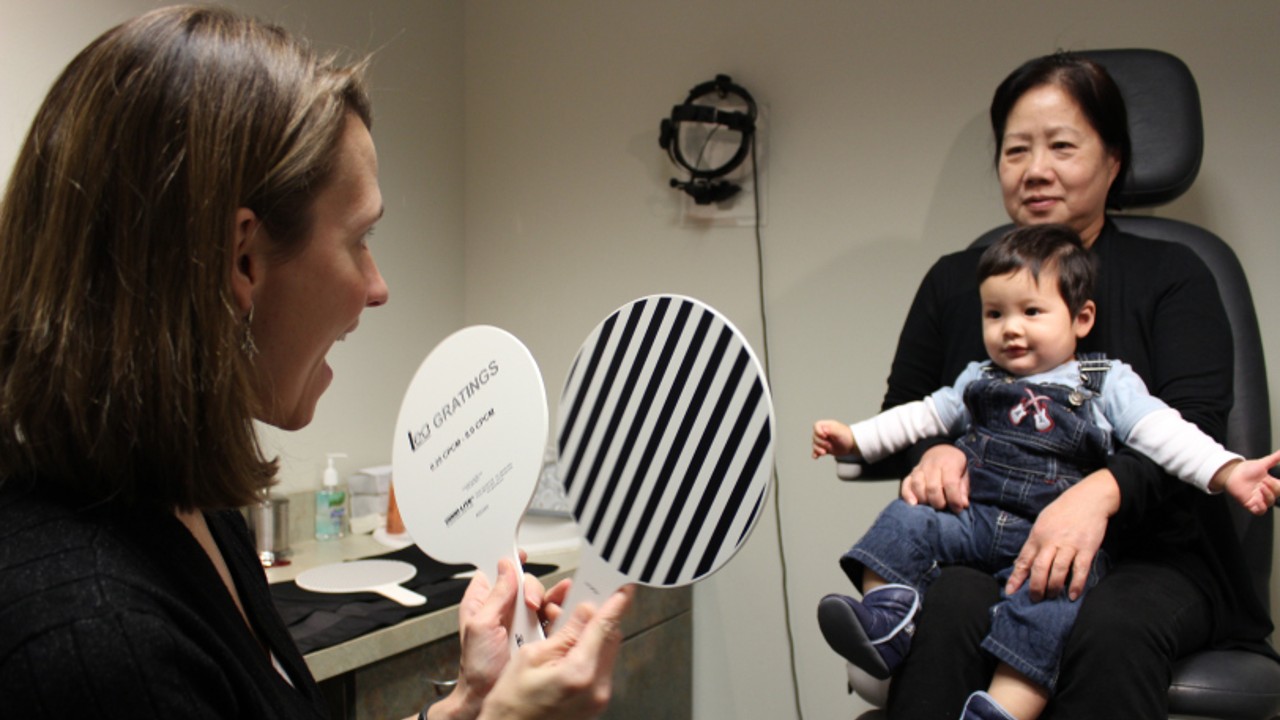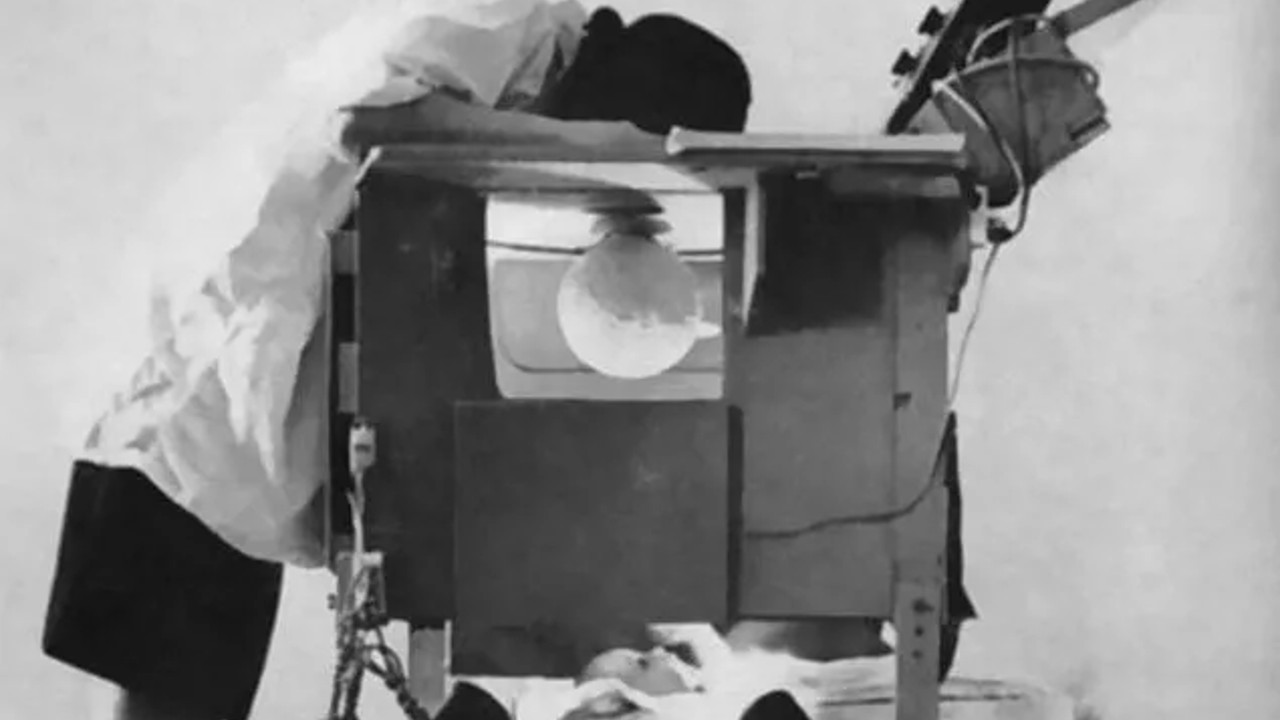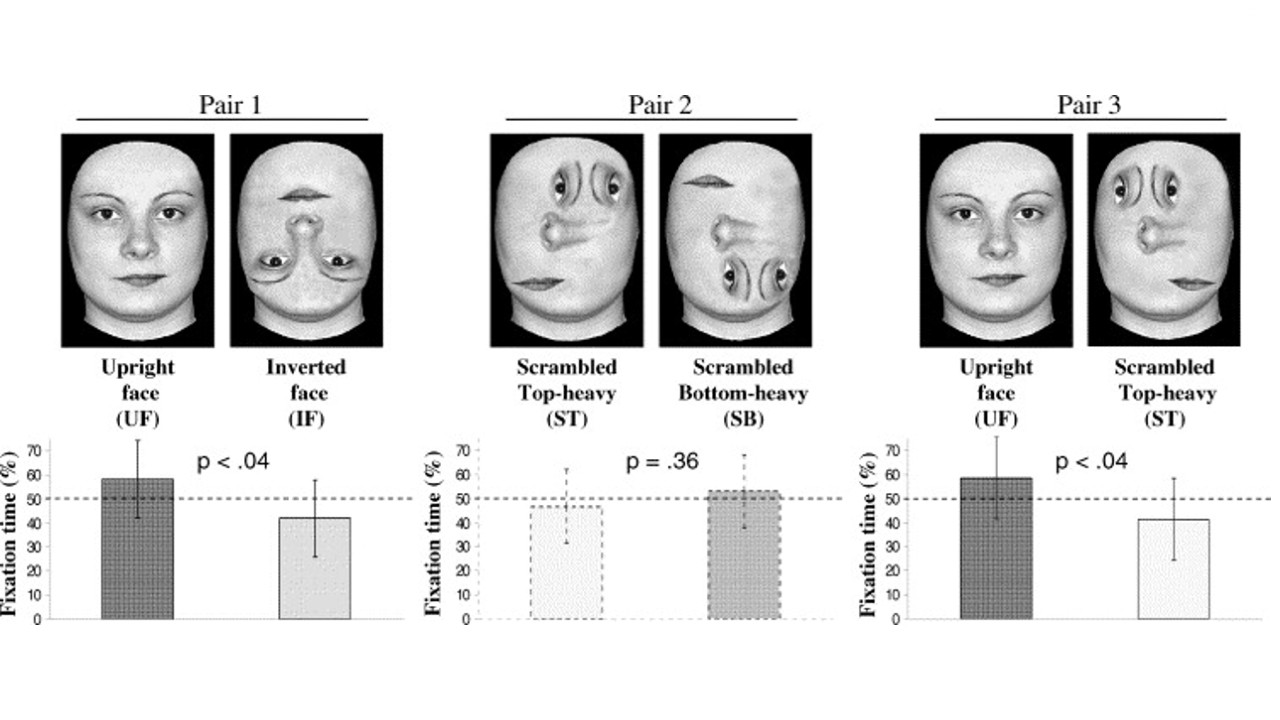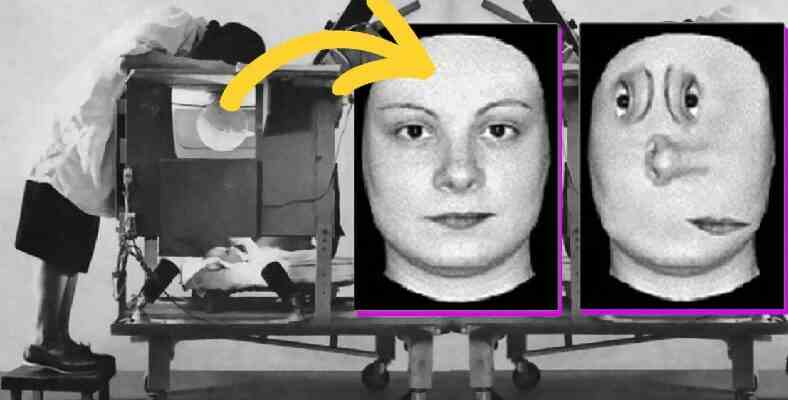Have you ever wondered how babies perceive the world? You can at least look into their faces and say, “I wonder what’s going on in that little head of yours right now?” you thought.
The world we live in babies how they make sense and how they interpret what is going on around them is one of the topics that are curious in the scientific world.
Based on this curiosity, Robert Lowell Fantz decided to conduct an experiment on babies in 1961. Pretty simple yet effective This experiment gave us some clues about how babies perceive the world.
Let’s get to know Robert Lowell Fantz first.
Robert Lowell Fantz, a faculty member at Case Western Reserve University, baby perception He was an American developmental psychologist who pioneered many studies on the subject.
During his teaching years “Preferential Looking Paradigm” He began researching pre-adult minds by developing an experimental method called
He developed a very simple experiment to understand what was going on in a baby’s mind.

Robert Fantz, while doing his research at the University of Illinois in 1961. what’s going on in a baby’s mind There weren’t many ways to study it. Fantz found a very easy way to understand this.
only babies their reactions and actions This simple experiment, which he carried out by
He built a machine similar to an MRI device to use in the experiment.

To use it in his experiment, Fantz developed a machine similar to the MR (magnetic resonance) device used in medicine. The screen installed on the ceiling of the device a bull’s eye and a human face put the draft.
Later on, newborn babies up to 2 months old were placed inside the machine so that they could see the stimuli on the ceiling. Fantz could see the babies’ eyes through the holes on the top of the machine, but the babies couldn’t see him.
The duration of looking at the shapes projected on the babies varied considerably.

The time the babies spent looking at each of the reflected images was recorded separately. So they can figure out which shape they look at the most. Which one attracts the baby’s attention more? could reach.
Which figure do you think the subjects looked at longer with a noticeable difference? Full twice as long They looked longer at the human face. Then the natural shape of the human face and an unusual human face were put on the screen. The subjects again looked at the natural human face with a substantial difference.
Until the ‘Tracking Experiment’ was conducted, the world of babies was thought to be meaningless and chaotic.
This simple experiment is a test of human infants. some forms and patterns It showed that they can choose. Before Fantz’s experiment, it was thought that babies could not make sense of anything they saw in the world, had insufficient visual perception, and had an irregular perception of the world.
With this experiment, newborn babies a visual distinction and preference It has been proven that he can. In later studies, psychologists proved that people are born with a certain perception of the ‘human face’, and this is associated with the survival instinct.
RELATED NEWS
These Images Taken in the Womb: It’s Proven That Babies Can Taste and Smell Before They’re Born!
RELATED NEWS
What if Babies Have a Language We Never Understand? Here are the Research Results
RELATED NEWS
China’s Genetically Modified Baby Experiment May Have Created Unexpected Mutations
RELATED NEWS
If A Group Of Babies Is Raised In A Room, What Language Do They Speak? Here are the Experiments and Results
RELATED NEWS
